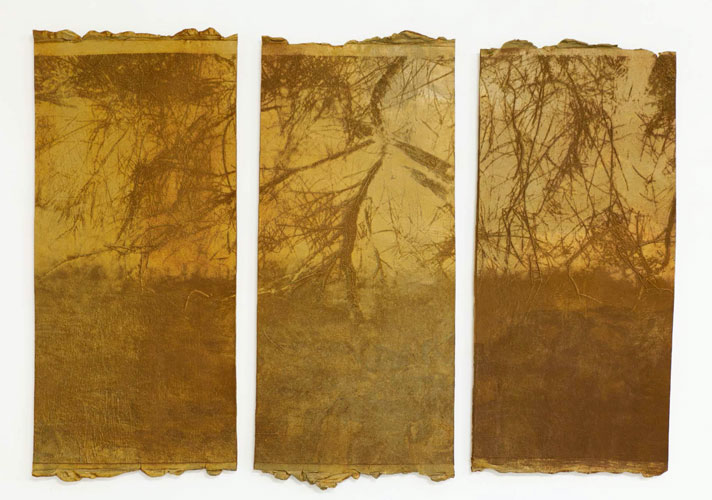
- This event has passed.

Tanja Engelberts – Dead River
4 November 2023 - 23 December 2023
In the 1950s, the Rhône River was declared dead. With the development of hydroelectricity, new canals took over the old river, dikes were built against flooding and dams were put up in the name of technology. The Rhône provided an ideal setting for several nuclear power plants and chemical industry sites. It became a hydraulic object where the boundaries between nature and technology slowly blurred.
The river – once the symbol of an uncontrollable force – had been conquered, but how would the river best describe itself? For Dead River, Tanja Engelberts tries to imagine what it’s like to be a fast-flowing river that slowly accumulates Anthropocene-era artifacts over a 600-kilometer stretch. Inspired by Bruno Latour’s The Parliament of Things – in which the philosopher argues that laws and politics should not be centered only around people, but should respond to all things and life forms – the artist examines the river from an animistic point of view. Engelberts followed the fast current of the Rhône from the Mediterranean to its source in the glaciers of Switzerland. The landscape that she discovered, steeped in chemical waste, is gradually disappearing due to the effects of climate change.
Where the Rhône has been subdued by hydraulic and nuclear technology, Engelberts wanted to adopt a technical and distant approach to her own way of working. The artist made photographs and a video from the perspective of the river itself, focusing on the junction of water and riverbanks – sometimes it’s a natural barrier, but more often stone or concrete. Along these riverbanks, she found a clay-like substance that she incorporated into her works. Engelberts created relieves on the basis of laser cut photographs of the river and pressed clay into them. She then glazed her ceramic landscapes with clay sourced from the Rhône – typical for the work of Engelberts, the subject and object become intertwined within the artwork.
In the video We Exhale Engelberts followed the river from the Mediterranean to its source in Switzerland, charting its transformations, its journey, and its many voices. Organic materials which fill the water are slowly broken down through chemical processes, creating carbon dioxide (CO2). What sound does a river make when exhaling? Does this sound change as the river is poisoned, distorting and fading from its natural state? Engelberts collaborated with sound artist Liz Harris to form sensitive soundscapes from ambient noise combined with field recordings. Together, they created a poetic means to reflect on how a poisoned river might possibly exhale.
The work from Dead River was produced as a site-specific research during the art residency The Shelter, commissioned from FOTODOK with the support of MIAP foundation. In 2023, ceramics and video from this project were selected for the Rencontres d’Arles.
Image announcement: Tanja Engelberts, We Exhale, 2023 | Ceramic glazed with Rhône River clay | Three panels of 112 x 50 cm each | Ed. 5 + 2 AP